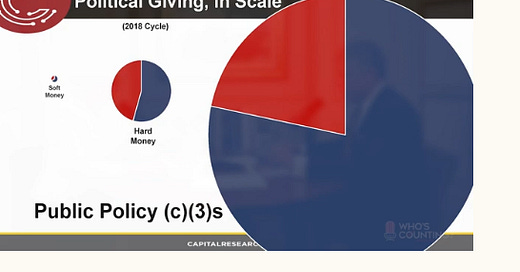Virginia's Election Volunteers Surge to Catch up
After Republican Gov. Glenn Youngkin, Lt. Gov Winsome Sears, and Attorney General Jason Miyares made history, local officials are swamped with election integrity volunteers for 2022.
"Time to get to work" said Virginia’s Gov. Glenn Youngkin after he was sworn into office Saturday and issued 11 Executive Orders and Directives. They include giving parents an opt-out of masks for children in schools, ending the racially divisive critical race theory curriculum, and ending vaccine mandates for state workers.
After Democrat-leaning scho…



